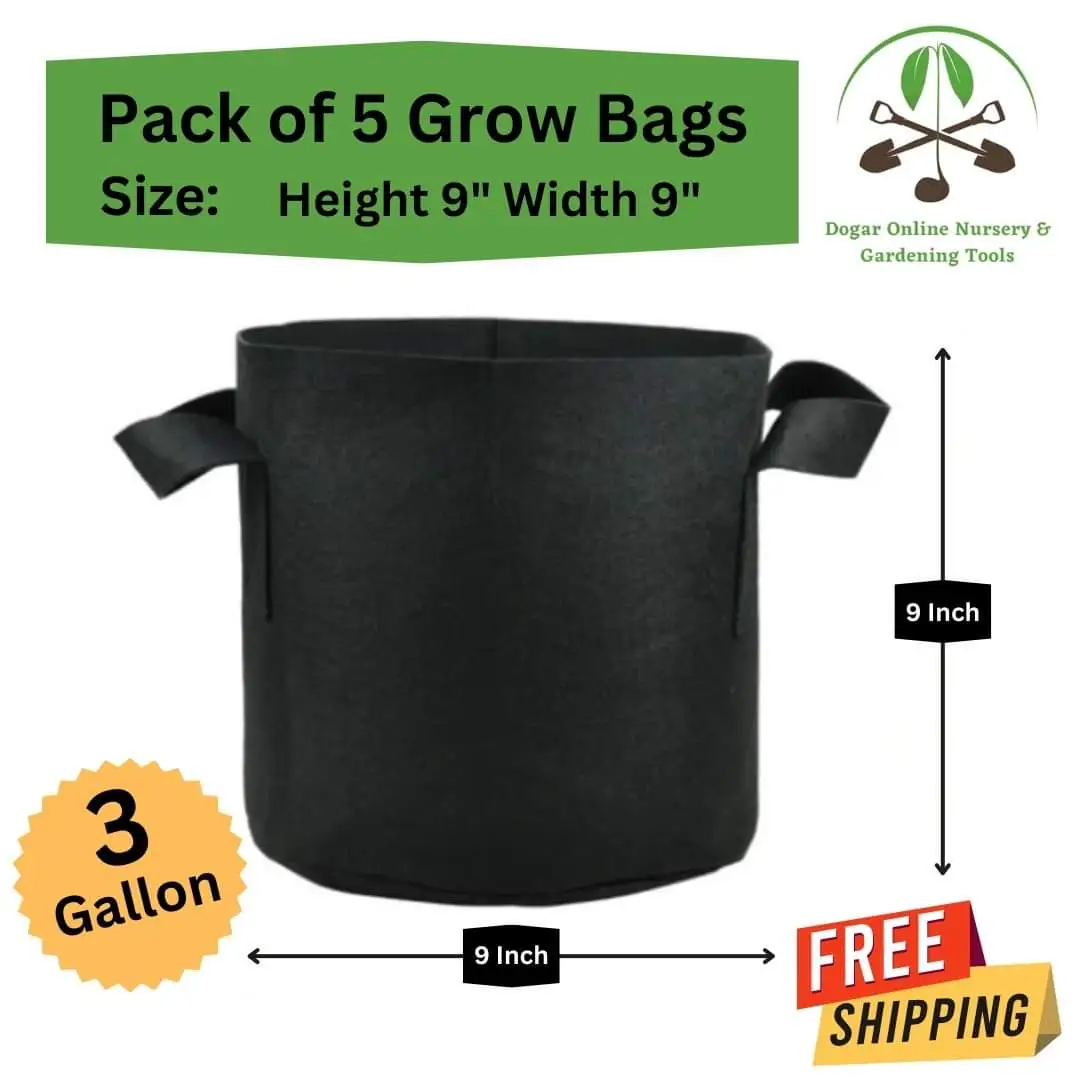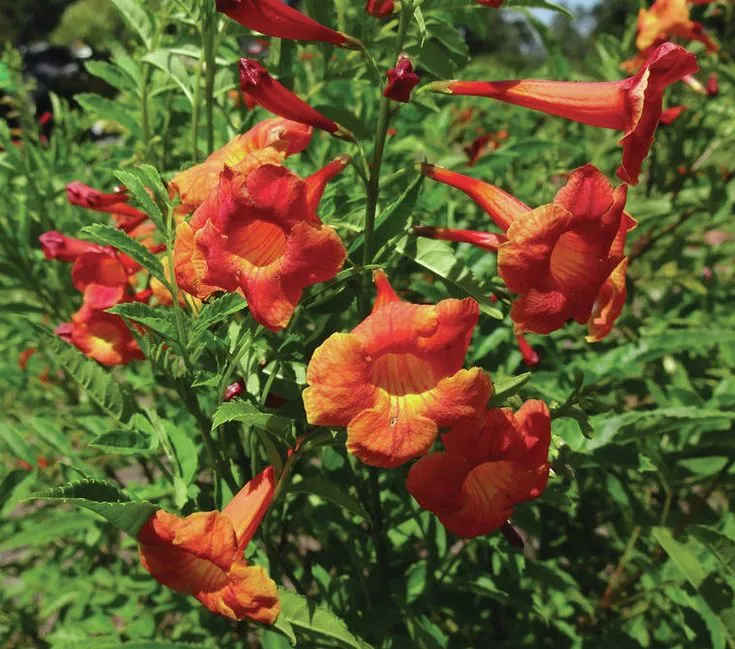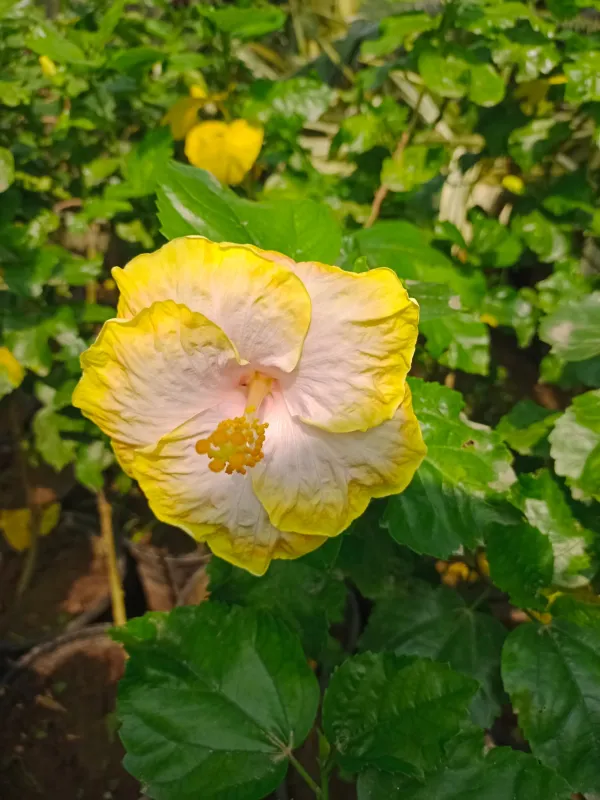The Benefits of Grow Bags: A Modern Solution for Smarter Gardening
In the modern era of urban gardening and sustainable farming, grow bags have emerged as a revolutionary solution for growing plants efficiently. With limited space, rising pollution, and the need for flexible and mobile gardening systems, grow bags have proven to be a practical, eco-friendly, and cost-effective alternative to traditional planting methods. Whether you are a beginner growing herbs on your balcony or a professional farmer cultivating vegetables commercially, grow bags offer a wide array of benefits that make them a preferred choice.
This comprehensive article explores the various benefits of grow bags, their advantages over traditional containers, and why they are an essential tool for modern gardening enthusiasts.
In conclusion, grow bags offer a smart, sustainable, and efficient alternative to traditional gardening methods.
1. Improved Root Health and Growth
One of the most significant advantages of grow bags is their impact on root development. Unlike plastic or clay pots, which can restrict roots and cause them to circle the pot endlessly (root binding), grow bags promote a phenomenon known as air pruning.
Air Pruning Explained:
When plant roots reach the edge of a grow bag, they are naturally exposed to air. This exposure causes the tips of the roots to dry out and stop growing in that direction, encouraging the plant to grow new, healthy, fibrous roots from the center. These new roots improve nutrient and water absorption, resulting in healthier and more vigorous plants.
2. Better Drainage and Aeration
Grow bags are made from breathable fabric, which allows air and moisture to pass through the material freely. This provides the following benefits:
Prevents overwatering: Excess water drains easily through the fabric, reducing the risk of root rot.
Promotes oxygen circulation: Roots receive more oxygen, essential for plant health and metabolism.
Reduces soil compaction: Loose, well-aerated soil promotes better root development.
This improved drainage and aeration mean plants in grow bags often outperform those in plastic or clay pots.
3. Temperature Regulation
Traditional containers can become hot in direct sunlight, especially plastic pots, which can cause root damage. Grow bags regulate temperature more effectively due to their breathable fabric construction.
Cooler roots in summer: Heat escapes through the porous material, preventing overheating.
Warmer roots in winter: Insulated soil structure helps retain some warmth.
This natural temperature control helps create a stable environment for root growth throughout the year.
4. Space Efficiency and Versatility
In urban settings, space is often limited. Grow bags provide a compact and portable solution:
Stackable or tiered designs: Utilize vertical space for small balconies or patios.
Lightweight and foldable: Easily moved to take advantage of sunlight or shade.
Multiple sizes and shapes: Available in round, square, or rectangular forms to suit different plant types.
Whether you’re growing herbs in a windowsill or vegetables on a rooftop, grow bags offer unmatched flexibility.
5. Ideal for Urban and Small-Space Gardening
With urbanization on the rise, more people are turning to container gardening. Grow bags are the ideal solution for city dwellers who lack access to large gardens or farmland.
Perfect for balconies, terraces, rooftops, and patios.
Can be used indoors or outdoors.
Easily arranged and rearranged as needed.
They bring the joy of gardening to people living in apartments or congested urban areas.
6. Environmentally Friendly and Reusable
Grow bags are often made from recycled or biodegradable materials, making them a sustainable gardening choice.
Eco-friendly alternatives to plastic containers.
Many grow bags can be reused for multiple growing seasons with proper care.
Some are even compostable after their usable life ends.
By reducing reliance on plastic pots and encouraging recycling, grow bags contribute to environmental conservation.
7. Cost-Effective Gardening
Compared to ceramic pots, wooden planters, or raised beds, grow bags are relatively affordable and accessible.
Low initial investment for beginner gardeners.
Reduced maintenance costs due to durability and reusability.
Ideal for seasonal crops or short-term use.
For budget-conscious gardeners, grow bags provide excellent value without compromising on performance.
8. Mobility and Flexibility
Another major benefit is that grow bags can be easily moved. Whether you want to chase the sun, avoid a storm, or rearrange your garden design, their portability offers key advantages:
Rotate plants for even sun exposure.
Protect plants from harsh weather by moving them indoors.
Ideal for renters or people who move frequently.
This flexibility allows for dynamic gardening strategies and reduces crop loss due to environmental factors.
9. Encourages Efficient Water Usage
In regions with water scarcity, efficient water use is vital. Grow bags help:
Reduce water waste through better drainage and less evaporation.
Enable targeted watering strategies like drip irrigation.
Prevent pooling or water stagnation, which can attract pests or diseases.
Conservation-minded gardeners find grow bags helpful in managing limited water resources effectively.
Note:In conclusion, grow bags offer a smart, sustainable, and efficient alternative to traditional gardening methods.
10. Pest and Disease Control
Pests like nematodes and diseases such as root rot often thrive in traditional soil beds. Grow bags offer improved protection:
Isolated growing environment: Reduces exposure to contaminated soil.
Easier inspection: Portable nature allows close monitoring of plant health.
Cleaner environment: Less contact with weeds, fungi, and other harmful agents.
Using sterilized soil in grow bags further improves your chances of growing pest-free plants.
11. Seasonal and Experimental Gardening
Grow bags are perfect for seasonal gardening or trying new plant varieties:
Try new herbs, vegetables, or fruits without committing to permanent space.
Easily swap out plants between seasons.
Great for schools, research, or hobby gardening.
They provide a low-risk way to experiment and learn more about plant care.
12. Great for Vertical Gardening Systems
In vertical farming or tower gardening, space and layout are crucial. Grow bags work seamlessly with vertical structures:
Hang on walls or mount in racks.
Stackable designs allow multi-level planting.
Grow more with less ground space.
This opens up opportunities for maximum yield in minimum space.
13. Improved Harvest Quality and Yield
Due to their healthier root systems and better air/water management, plants in grow bags often show:
Faster growth cycles.
More flowers and fruits.
Higher yield consistency.
Gardeners often notice improved produce quality compared to traditional soil beds or pots.
14. Easy to Store and Clean
Unlike rigid containers, grow bags are collapsible and easy to store when not in use. After the growing season:
Simply empty, clean, and fold.
Stack them in storage for future use.
Many are machine washable or can be cleaned with water and mild soap.
This convenience makes them ideal for seasonal or occasional gardeners.
15. Available in Different Materials and Sizes
Grow bags are highly customizable:
Materials: Felt, non-woven fabric, biodegradable plastic, recycled fabric.
Sizes: From 1-gallon herb bags to 100-gallon vegetable beds.
Colors: Many brands offer aesthetic designs to suit your space.
This variety ensures that every gardener can find a perfect fit for their needs.
16. Reduces Soil-Borne Diseases
Traditional garden beds can harbor soil-borne pathogens, which affect plant health over time. Grow bags:
Allow fresh, sterilized soil for each season.
Prevent cross-contamination from the surrounding garden.
Great for disease-sensitive plants like tomatoes and peppers.
This ensures clean, controlled soil conditions, leading to healthier crops.
17. Safe for Children and Beginners
Grow bags are safe, soft, and user-friendly:
No risk of breaking like clay pots.
Easy to handle, water, and inspect.
Great for teaching children gardening basics.
They are ideal for school gardens, community projects, or home-based learning environments.
18. No Permanent Installation Needed
For those who do not own land or want a non-permanent gardening setup:
Grow bags require no digging or raised beds.
Can be used on tiles, decks, concrete, or even indoors.
Leave no lasting damage to the space.
This is especially beneficial for tenants or people with temporary living arrangements.
Conclusion
In conclusion, grow bags offer a smart, sustainable, and efficient alternative to traditional gardening methods. From improving root health to maximizing small spaces, they address many modern gardening challenges. Their portability, affordability, and eco-friendliness make them suitable for all types of gardeners—urban dwellers, beginners, educators, or commercial growers.
As more people embrace gardening for food security, mental wellness, or environmental responsibility, grow bags are likely to play an increasingly central role. Whether you’re growing tomatoes on your balcony or starting a backyard vegetable garden, grow bags provide the convenience, performance, and flexibility that modern gardening demands.
Let me know if you’d like this turned into a blog post format, PDF, or translated into Urdu or any other language!









Leave a Reply